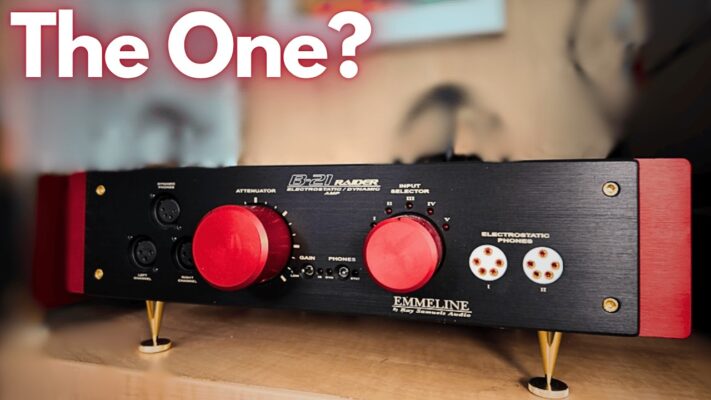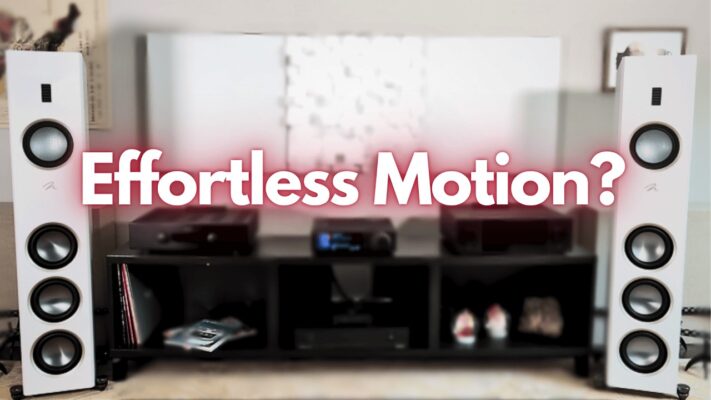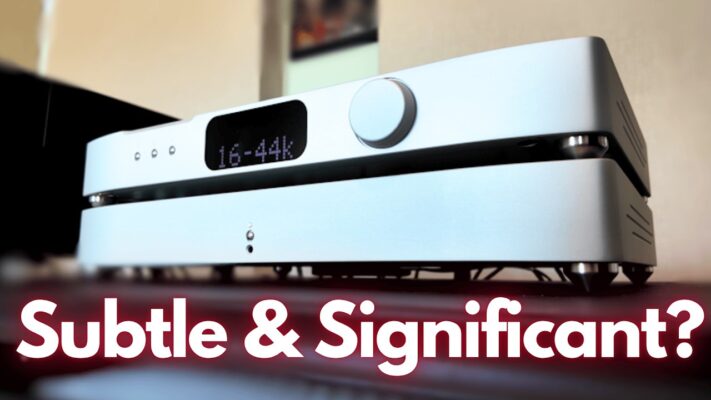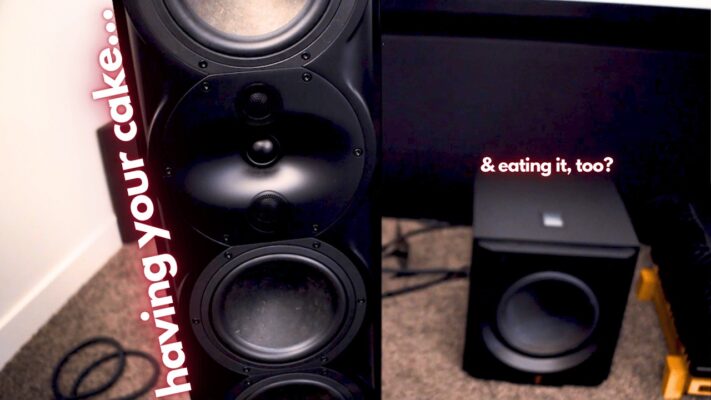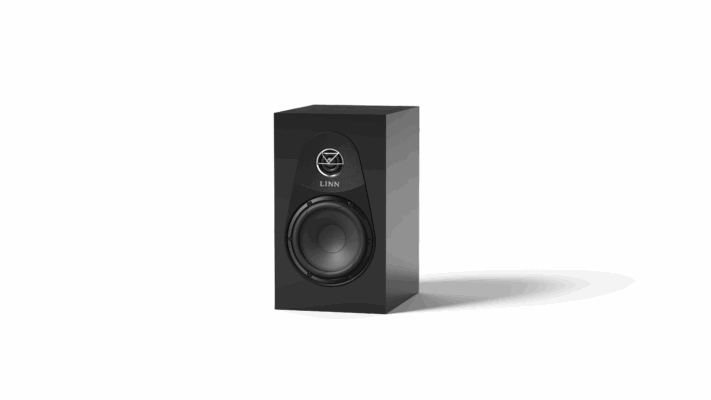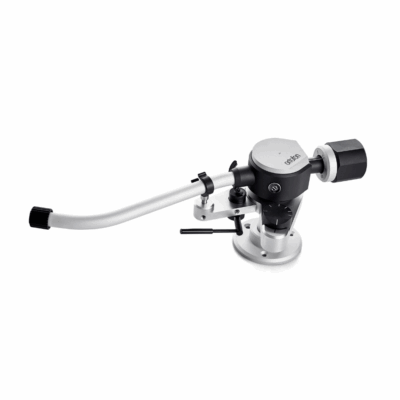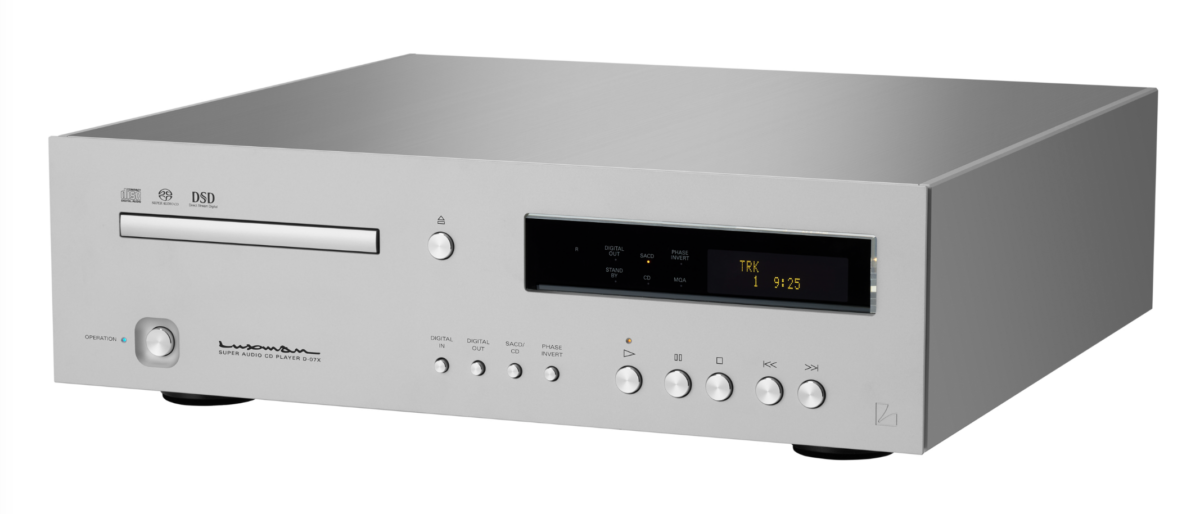Crystal Cable Infinity Power Cords and A.R.T. Electro-Magnetic Treatments
- REVIEW
- by Jonathan Valin
- Jun 24, 2025

To let the cat out of the bag at the start, the two items I’m about to review aren’t for everybody. Indeed, they aren’t for anybody who can’t pony up $34,000 for a two-meter length of power cord (and $5500 for each additional half meter) or $800 to $12,500 (depending on the size and number of “layers of refinement” employed) for nondescript rectangular mats that sit atop your electronics or in $11,500 clamshell versions enclose interconnect, power cord, or speaker-cable terminations like hinged boxes.
While neither of these, alas, exceptionally pricey items is a genuine “black magic” tweak (okay, the A.R.T.s are more mysterious than the Infinities), both use technologies that are esoteric enough to require some explanation. More importantly, both are audibly effective enough at what they’re designed to do to justify their seemingly exorbitant prices.
Curiously, each aims at doing the same thing: lowering the noise floor of your system so substantially that, instead of sounding slightly or markedly vague, hashy, or ill defined, low-level (and high-level, for that matter) pitches, tone colors, durations, and dynamics become as clear as a blue sky on a bright winter day. Both products seek to make your components sound as if their signal-to-noise ratios have been drastically improved—and both succeed. While the technologies that allow these two products to achieve this remarkable leap in clarity and quietude are different, they share a common thread: Each uses rare and expensive metals to lower noise and heighten resolution, though they use them in very different ways.
Let us—or at least those of you who haven’t already nodded off—begin with Crystal Cable’s Infinity power cords (production currently limited to 200 pieces). Nobody who listens with his ears rather than with an ohm meter in one hand and an ABX box in the other would ever accuse Siltech/Crystal’s genius CEO/CTO Edwin Rynveld of dabbling in the black arts. He is a world-renowned engineer, with unrivaled experience in metallurgy—the first audio designer of note to use high-conductance silver wire in cables.
Indeed, the Infinity power cords also use solid-core silver conductors made from Rynveld’s latest and purest metal—a single “infinite crystal” variety of the element, devoid of internal boundaries and contaminants—surrounded by two braided layers of infinite silver and silver-gold alloy. (The cost of all this treasure helps explain Infinity’s price.) There are nine of these coaxial conductors per power cord—three each for positive, neutral, and ground—woven into “a perfectly symmetrical matrix that maintains absolute geometrical consistency.” Rynveld claims that this complex construction, which combines the benefits of solid and stranded conductors, and the use of his most advanced silver formulation within it “reduce RF distortion and keep magnetic interference out of the system.” Together, they create an “ultra-low-loss superconductor with almost zero resistance and vanishingly low source impedance”—thus, the increased clarity and depth of background quiet.
I first heard Crystal’s Infinity with Vitus Audio’s sensational Signature Series Class A electronics—the SM-103 Mk.II monoblock amplifiers and SL-103 linestage preamplifier—and the sonic difference a trio of these pcs made took me by surprise. It was immediately apparent that the Infinities were not just offering up a more appealing aural “flavor” (as so many wires do). Everything about what was already a standard-settingly rich, powerful, continuous, three-dimensional presentation was improved, without any loss of the tonal density (this was the polar opposite of a thinned-down sound), unaccented durations (no sharpening of transients at the expense of steady-state tone and decay), effortless dynamics, and remarkable holism (the expansive soundstage and the 3-D sonic images that populated it were, if anything, more expansive, dimensional, and continuous-sounding) that made the Vituses reference-quality components. Plus, thanks to the shocking reduction of pixel-like background noise, previously hard-to-parse musical details were suddenly clarified. With the Infinities in play, the densely intertwined lines of Tobias Tautscher’s double bass and Maximillian Djokic’s cajón on Hans Theessink’s great cover of Tom Waits’ “Down in the Hole” from Jedermann Remixed—The Soundtrack [Blue Groove] were suddenly unraveled, as were the individual lines and ensemble harmonies of Szymon Goldberg’s violin, Nikolai Graudan’s cello, and William Primrose’s viola in the Festival Quartet’s rendition of Brahms’ Piano Quartet No. 1 [RCA].
It was hard to believe that this new depth of clarity and silence could be made even deeper. Which is why, coupled to their high cost and my previous experience with passive “tweaks,” I wasn’t all that eager to try Audio Realignment Technologies’ “electro-magnetic treatments.” But, as you can probably gather, I was wrong.
First, although their looks—relatively flattish placemat-like pads with no apparently active parts or connections to anything else in the system—rather scream “Black Magic,” turns out the A.R.T.s were created by “scientists and engineers.” How the A.R.T.s work is, nonetheless, a bit mysterious. Said to be filled with electromagnetically charged layers of a “proprietary compound of rare earth metals” (I know, I know), the A.R.T. mats are “designed to absorb, control, and minimize the negative audible effects of electronically induced noises (EMF, EMI, and RFI) in sound systems.”

A.R.T.’s electro-magnetic treatments are available in several sizes and configurations. When laid atop (or placed beneath) both solid-state and tube amps and preamps, their proprietary multi-layer magnetic technology is claimed to produce “tighter, faster, deeper, and more impactful bass with lower distortion, increased detail and resolution, greater clarity and dynamic range, much more natural and cohesive midrange and highs, a warmer tonal character with a darker (quieter) background, highly accurate imaging, and a greater overall sense of the three-dimensional space within the soundstage.”
Short of giving them a listen (which I encourage you to do), you’re just gonna have to take my (and my boss Tom Martin’s—see theabsolutesound.com/ articles/2024-capital-audio-fest-tom-martin-reports/) word for it: The inner workings of these passive tweaks may sound a bit like mumbo-jumbo, but sonically the A.R.T.s do precisely what they claim to do. Even with the highly effective Infinity power cords already in the system, the A.R.T.s deepen background silence (the first products I’ve heard, aside from the Infinities, that actually produce what could reasonably be called a “black” backdrop), allowing everything ahead of it to stand out with higher clarity and contrast, richer color, tighter focus, stronger sock, fuller dimensionality, and more continuous imaging and staging. A.R.T.’s claims about improvements in the bottom end, for example, are easily confirmed. Just give a listen to Ray Brown’s double bass (and the lower octaves of the Duke’s piano) on This One’s For Blanton [Pablo/Acoustic Sounds] with and without the A.R.T.s and tell me which setup makes both instruments sound more complete—more near-visibly there. The A.R.T.s reveal every nuance of Brown’s oh-so-accomplished playing, not simply by clarifying starting transients but also by showing how subtle changes in attack affect steady-state tone and decay. And as for the latter, listen once more to Ellington on Duke’s Big Four [Pablo/Acoustic Sounds] and revel in the way the Infinity/A.R.T. combo tracks the long, sweet decay of his piano and the slow sizzle of Louie Bellson’s cymbals right down to inaudibility.
While silence may be golden in more ways than one when it comes to these two pricey items, it is still something well worth paying for in a high-end audio system, provided that the products lowering the noise actually work. These do. I promise you will be as pleased as I was to hear how Crystal Cable’s Infinity power cords and Audio Realignment Technologies’ electro-magnetic treatments augment what you were meant to hear by greatly reducing what you weren’t.
Specs & Pricing
CRYSTAL CABLE
Edisonweg 8, 6662 NW
Elst, The Netherlands
crystalcable.com
Price: $34,000/2m
LUXURY AUDIO GROUP (Global Sales Agent)
(725) 772-4589
aldo@luxuryaudiogroup.com
AUDIO REALIGNMENT TECHNOLOGIES
630 Quintana Road
Suite 260
Morro Bay, CA 93442
(805) 400-4096
aldo@luxuryaudiogrooup.com
audiorealignment.com
Price: $800–$12,500 (depending on configuration)
JV’s Reference System
Loudspeakers: MBL 101 X-Treme MKII, Magico S3 2023, Metaxas & Sins Czar, Magnepan LRS+, 1.7i, and 30.7
Subwoofers: JL Audio Gotham (pair), Magico S Sub (pair)
Linestage preamps: Soulution 727, MBL 6010 D, Siltech SAGA System C1, Vitus Audio SL-103, JMF Audio PRS 1.5
Phonostage preamps: Soulution 757, DS Audio Grand Master EQ
Power amplifiers: Vitus Audio SM-103 Mk.II, JMF Audio HQS 7001, Soulution 711, MBL 9008 A, Siltech SAGA System V1/P1, Odyssey Audio Stratos
Analog source: Clearaudio Master Innovation, Acoustic Signature Invictus Neo/T-9000 Neo, TW Acustic Black Knight/TW Raven 10.5
Tape deck: United Home Audio Ultima Apollo, Metaxas & Sins Tourbillon and Papillon, Analog Audio Design TP-1000
Phono cartridges: DS Audio Grand Master EX, DS Audio Grand Master, DS Audio DS-W3, Clearaudio Goldfinger Statement v2.1, Air Tight Opus 1, Ortofon MC Anna, Ortofon MC A90
Digital source: MSB Reference DAC, Soulution 760, Berkeley Alpha DAC 2, Kalista Dream Play XC
Cable and interconnect: Synergistic Research Galileo SRX (2023), Crystal Cable Art Series da Vinci, Crystal Cable Ultimate Dream
Power cords: Crystal Cable Art Series da Vinci, Crystal Cable Ultimate Dream, Synergistic Research Galileo SRX 2023
Power conditioner: AudioQuest Niagara 5000 (two), Synergistic Research Galileo SX
Support systems: Critical Mass Systems MAXXUM and QXK equipment racks and amp stands
Room Treatments: Synergistic Research Vibratron SX, Stein Music H2 Harmonizer system, Synergistic Research UEF Acoustic Panels/Atmosphere XL4/UEF Acoustic Dot system, Shakti Hallographs (6), Zanden Acoustic panels, A/V Room Services Metu acoustic panels and traps, ASC Tube Traps
Accessories: Audio Realignment Technologies (A.R.T.) electro-magnetic treatments, DS Audio ES-001, DS Audio ION-001, SteinMusic Pi Carbon Signature record mat, Symposium Isis and Ultra equipment platforms, Symposium Rollerblocks and Fat Padz, Clearaudio Double Matrix Professional Sonic record cleaner

By Jonathan Valin
I’ve been a creative writer for most of life. Throughout the 80s and 90s, I wrote eleven novels and many stories—some of which were nominated for (and won) prizes, one of which was made into a not-very-good movie by Paramount, and all of which are still available hardbound and via download on Amazon. At the same time I taught creative writing at a couple of universities and worked brief stints in Hollywood. It looked as if teaching and writing more novels, stories, reviews, and scripts was going to be my life. Then HP called me up out of the blue, and everything changed. I’ve told this story several times, but it’s worth repeating because the second half of my life hinged on it. I’d been an audiophile since I was in my mid-teens, and did all the things a young audiophile did back then, buying what I could afford (mainly on the used market), hanging with audiophile friends almost exclusively, and poring over J. Gordon Holt’s Stereophile and Harry Pearson’s Absolute Sound. Come the early 90s, I took a year and a half off from writing my next novel and, music lover that I was, researched and wrote a book (now out of print) about my favorite classical records on the RCA label. Somehow Harry found out about that book (The RCA Bible), got my phone number (which was unlisted, so to this day I don’t know how he unearthed it), and called. Since I’d been reading him since I was a kid, I was shocked. “I feel like I’m talking to God,” I told him. “No,” said he, in that deep rumbling voice of his, “God is talking to you.” I laughed, of course. But in a way it worked out to be true, since from almost that moment forward I’ve devoted my life to writing about audio and music—first for Harry at TAS, then for Fi (the magazine I founded alongside Wayne Garcia), and in the new millennium at TAS again, when HP hired me back after Fi folded. It’s been an odd and, for the most part, serendipitous career, in which things have simply come my way, like Harry’s phone call, without me planning for them. For better and worse I’ve just gone with them on instinct and my talent to spin words, which is as close to being musical as I come.
More articles from this editor









